What happened in hardware - June 12-18 edition
Price drops, a new VR headset, and more!

As we head into summer, developments in tech are heating up in a big way. The past several weeks have seen numerous graphics card announcements, which led to some price drops this week on prior generation cards, and there's a new VR headset to leverage all that fancy GPU technology.
This past week has also seen its share of new gaming peripherals, an awesome case mod based on Overwatch, a spiffy new desktop line from iBuyPower, and several other goodies. Plus, we've been diligently updating our buyer's guides. Take a moment to get caught up on the highlights as we wipe the sweat from our brows and prepare for whatever next week brings!
Razer’s $400 HDK 2 VR headset undercuts Oculus Rift and HTC Vive
Razer and Sensics, the two companies spearheading the Open Source Virtual Reality (OSVR) movement, just announced a second generation VR headset with an upgraded display that's supposedly on par with the Oculus Rift and HTC Vive. It's also several hundred dollars cheaper with an MSRP of $400 (€500).
"The HDK 2 allows us to meet the needs of VR fans and gamers and provide developers with affordable open-source hardware to innovate with," says Christopher Mitchel, OSVR Lead, Razer. "With the HDK 2 being able to deliver a visual experience on par with industry leaders, we will now be able to represent hardware agnostic VR media and games in all their glory for future headsets to adopt through the open source ecosystem."
Razer's on a mission to make VR accessible to a wider audience with an open source platform that doesn't lock anyone out. (If you're handy with a code editor, you can contribute to OSVR projects on GitHub). Offering a lower cost headset in the form of the HDK (Hacker Development Kit) 2 ties in with that plan and, as far as Razer is concerned, brings parity to more expensive headsets offered by the competition.
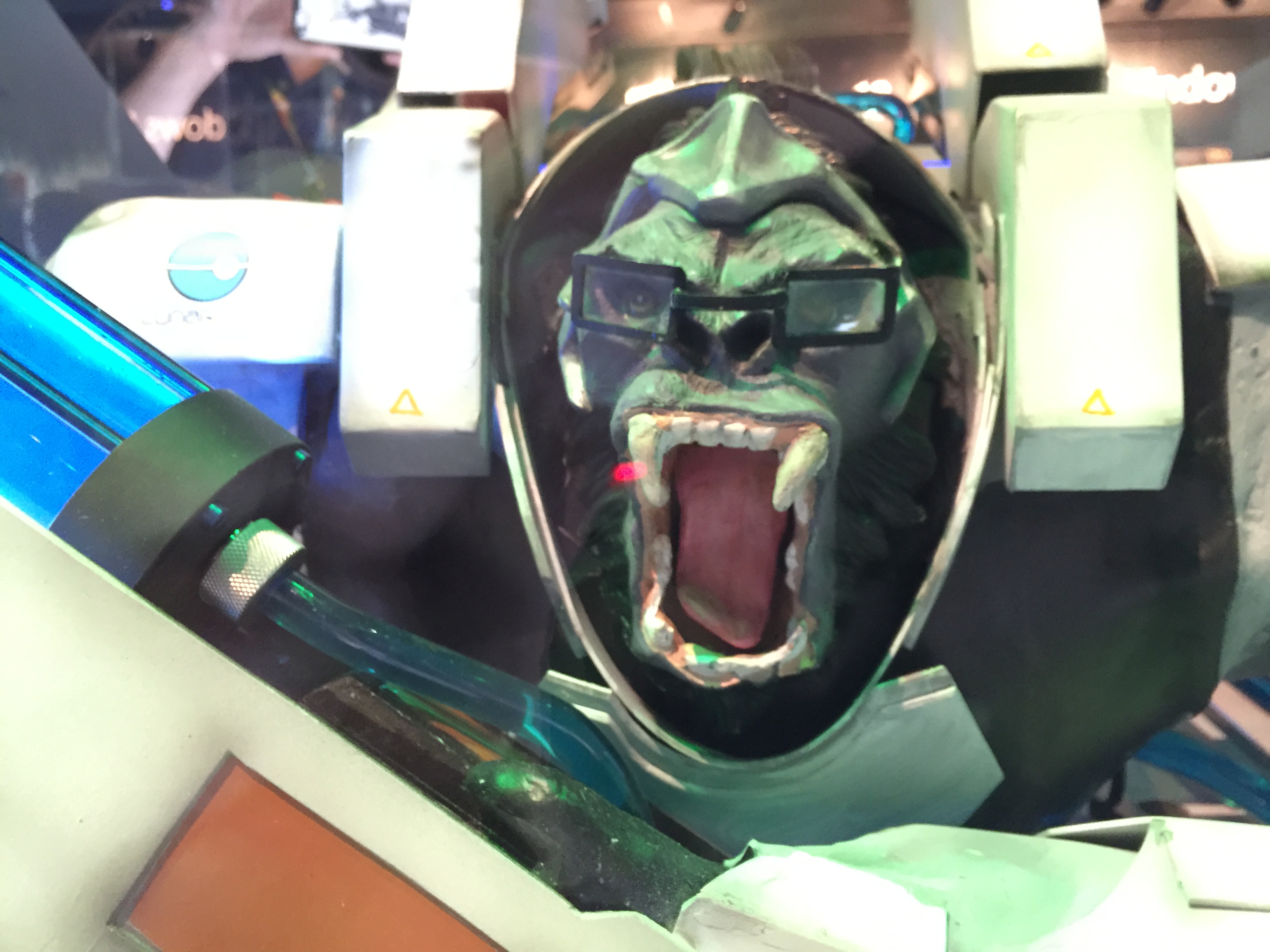
This custom PC based on Overwatch’s Winston is ridiculous
Keep up to date with the most important stories and the best deals, as picked by the PC Gamer team.
While wandering Microsoft's showing here at E3, I stumbled across this insanely cool custom PC. Created by PC Junkie Mods, it is of course based on Winston, the simian tank hero from Overwatch, Blizzard’s team-based meme generator. The detail crammed into his clay-modeled face is nuts, and when you scoot around to check out his butt you’ll find electric blue water cooling for the SSD, GPUs and mobo. Brilliantly, Winston’s Tesla Cannon weapon actually doubles as the reservoir.
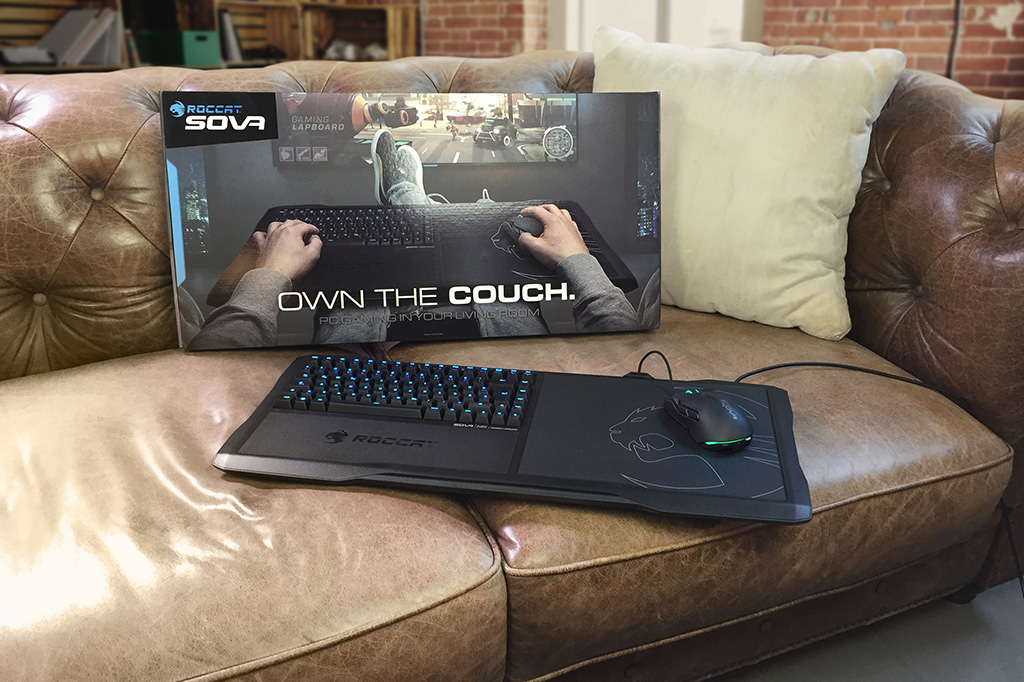
Roccat bundles free Kova gaming mouse with Sova lapboard pre-orders
Roccat's rallying cry is for PC gamers to take back the living room and own the couch. To help do that, Roccat is now accepting pre-orders for its Sova lapboard, which comes with either mechanical or membrane keys.
"For decades the living room has been the near exclusive domain of console gaming. Millions have enjoyed playing on the couch, experiencing the casual ease of plug-and-play fun that comes with it. While smaller PCs and various streaming technologies have cracked the door slightly over the years, Sova kicks that door wide open," Roccat says.
The Sova is far from the only lapboard out there, a peripheral that Roccat CEO and founder René Korte says is "relatively easy to design." But what makes the Sova stand out is that it's the "most comfortable long-term user product of its type on the market," according to Korte.

iBuyPower makes fashion statement with new Element PC
If it's a fancy or elegant looking PC you're after, iBuyPower might not be the first system builder that comes to mind. It sits somewhere between a bulk OEM and boutique builders like Maingear and Digital Storm, though iBuyPower may be trying to change that perception with its new Element PC.
The Element represents iBuyPower's "next step forward" in high-end, customizable PC design, along with its "commitment to function as well as fashion." New heights, in other words.
To give the Element its high brow look, the case pairs tempered glass side and front panels with a sturdy steel frame. The requisite bling comes in the form of "Smart Lighting" technology, which is essentially LED lighting that you can customize with different colors and effects.
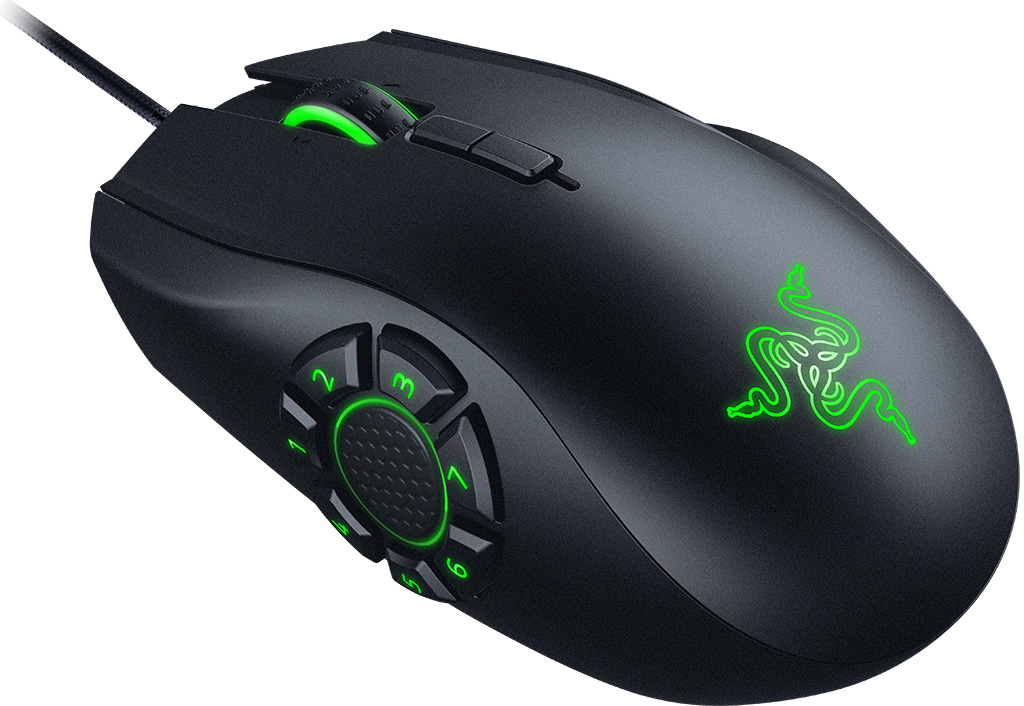
Razer's Naga Hex V2 brings a 7 button thumb wheel to the MOBA party
Razer has released yet another version of its Naga mouse designed specifically for MOBA gaming, the Naga Hex V2. As with prior versions of the NAGA, you'll find a series of buttons on the side, though on this iteration there are seven of them arranged around a circular wheel.
It's the same circular arrangement as the Naga Hex, but with an extra button. MOBA players will likely appreciate the extra clicker, though as PCWorld points out, it comes at the expense of a rather neat play on words—the prefix "hex" is derived from the Greek world "hexa," for six.
Naming shenanigans aside, the Naga Hex V2 is a rodent that's supposed to make MOBA gaming easier. It includes pre-configured MOBA profiles and what Razer considers the world's most advanced mouse technology, a 5G, true 15,000 DPI laser sensor that offers precise movement across any display setup, be it a multi-monitor configuration or a 4K screen.
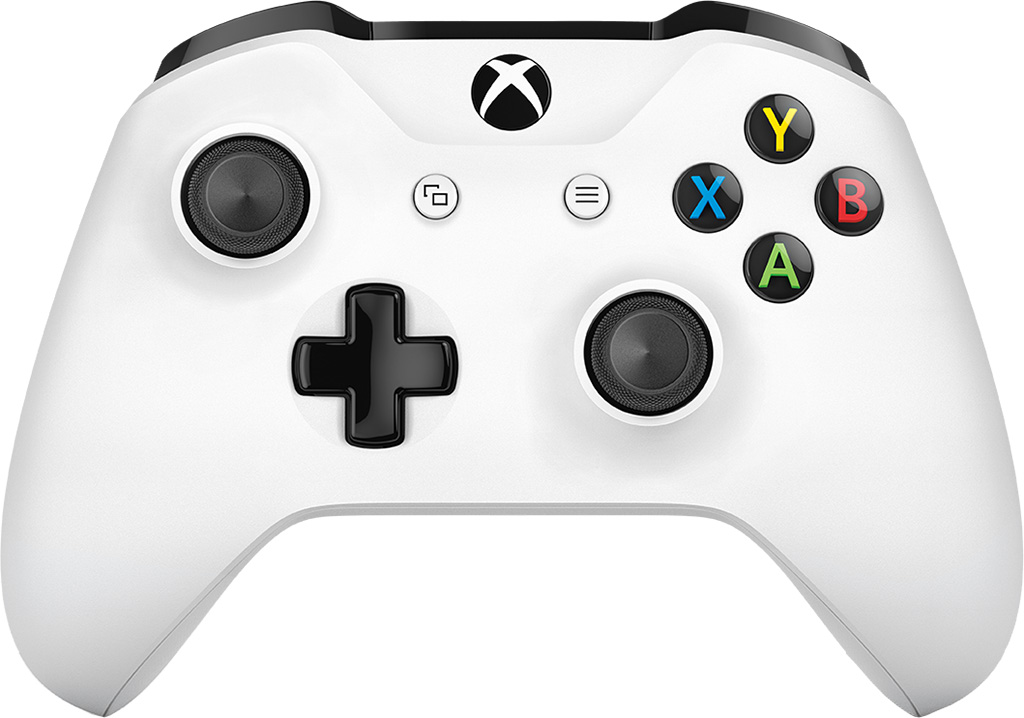
Revised Xbox One controller taps Bluetooth to work with PCs
Microsoft is making several improvements to its Xbox One controller, our go-to gamepad for titles that aren't as well suited for mouse and keyboard input, which will ship with the Xbox One S due out in August. One of those improvements is the addition of Bluetooth support (along with Wi-Fi Direct) so you can ditch the dongle when connecting it to your desktop PC or laptop.
It's not a game changer by any means, but not having to buy a wireless dongle from Microsoft means you can save a few bucks if that's the controller you're after. The only caveat is if the device you're attempting to connect it to needs to have built-in Bluetooth, but that's pretty common these days.
Why wasn't Bluetooth included in the original Xbox One controller? Microsoft boss Phil Spencer attempted to answer that question at E3.
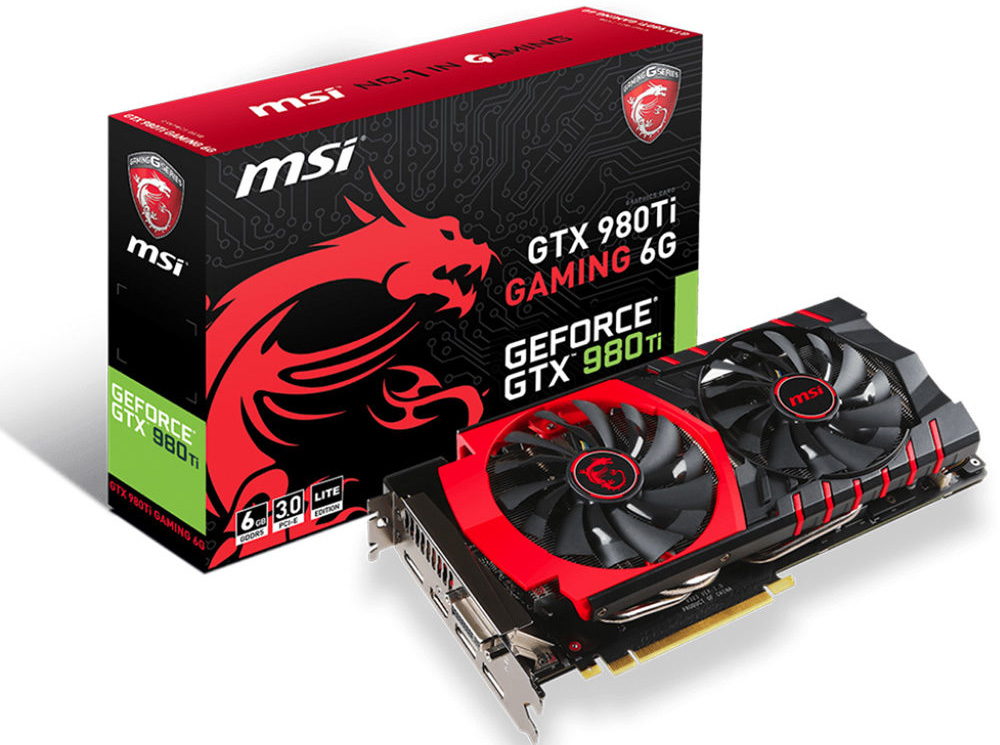
Pascal pushes down pricing on GeForce GTX 980 Ti, 980, and 970 graphics cards
In a bid to move inventory and renew interest in previous generation Maxwell cards, Nvidia and its hardware partners have cut the price of several previous generation graphics cards, including the GeForce GTX 980 Ti, GeForce GTX 980, and GeForce GTX 970.
Starting at the top, there was little reason to go out and purchase a GeForce GTX 980 Ti after Nvidia announced its first Pascal cards, the GeForce GTX 1080 and GeForce GTX 1070 with starting prices of $599 and $379, respectively. Both are faster than a Titan X, which itself beats the GeForce GTX 980 Ti by a smidgen. That being the case, it no longer made sense to pay in the neighborhood of $600 for a GeForce GTX 980 Ti, even if it was factory overclocked and custom cooled.
That's no longer the price point. The GeForce GTX 980 Ti is now selling on the street for closer to $450, depending on the model, with MSI's GeForce GTX 980 Ti Gaming 6G Golden Edition going for $400 ($370 after rebate) before Newegg ran out of inventory. The best deal at the time of this writing is the Zotac GeForce GTX 980 Ti 6GB AMP! for $430, or if you're into the mail-in-rebate thing, MSI's GeForce GTX 980 Ti Gaming 6G LE is selling for $410 after rebate.
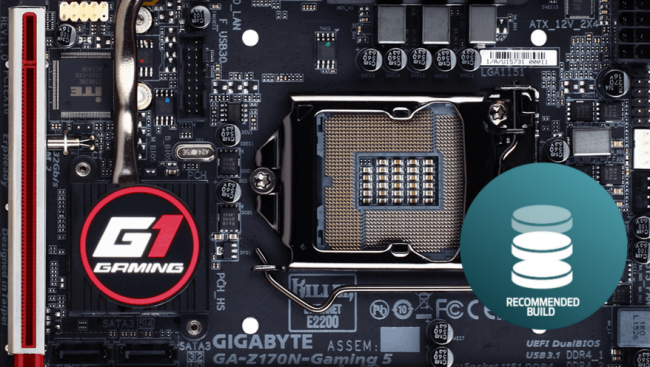
PC build guide: Recommended mid-range gaming PC
Building PCs can be a very expensive hobby, but that doesn’t mean you can’t get a great, powerful build for a reasonable price. As time passes, price begin to fall. What was yesterday’s top-tier performer can be found in the bargain bin tomorrow. With the coming of the Nvidia’s new GeForce GTX 1070, this will definitely ring true.
We have three different recommended builds here at PC Gamer, each with their own price target. For the gamer who needs a budget system, we shoot for $700. This midrange system aims for a more capable $1,300, while our high-end system delivers yet more power for $2,000.

PC build guide: high-end gaming PC
Not everybody can afford a high-end PC. That’s partly because PC parts generally aren’t cheap, but it can also be the result of differing ideas on what “high-end” actually means. PC Gamer’s high-end PC build guide has aimed for a price tier of $2,000 in the past, and that’s what I attempted to stick to here
.A $700 or $800 PC is head and shoulders above any console you can buy. Sure, you can go cheaper with a PC, but racing to the bottom isn’t what PC gaming is about. And once you start dipping below $600 it’s hard to see the advantage of the PC anyway. Console makers get their parts in bulk on the cheap, and it’s hard to fight against that kind of scale with retail parts. At the next tier of $1,300, you can see improved frame rates and quality settings due to the graphics cards that become available. And at this tier of $2,000, we try to push a good bit further with the highest-end graphics cards within reason.
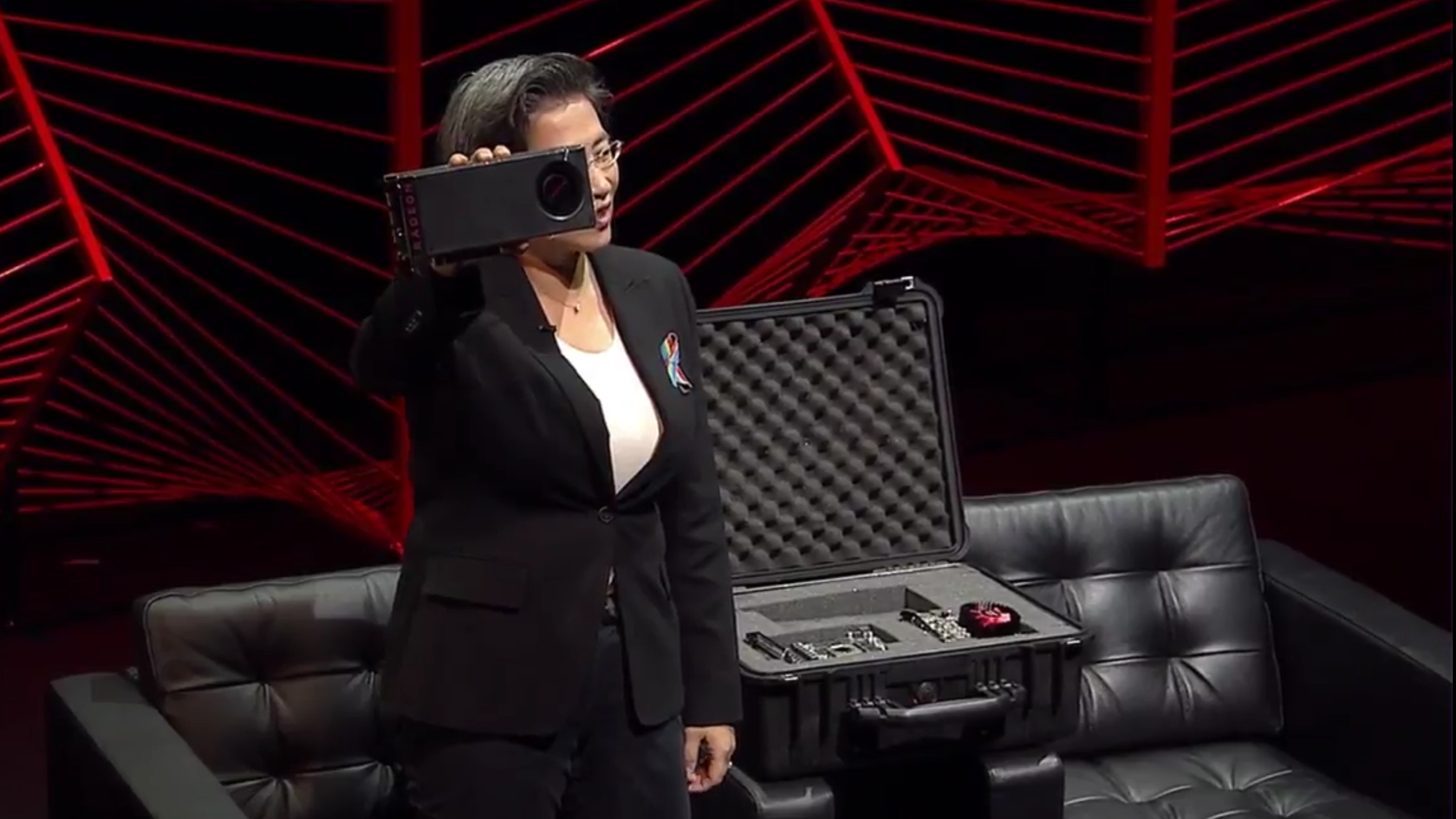
AMD shows off new hardware at the PC Gaming Show
AMD CEO Lisa Su took the stage at the PC Gaming Show to talk about Team Red's latest and greatest hardware. Up first was a showcase of their new Polaris GPUs. Polaris has been in the making for a long time, and as we’ve covered already, AMD is going after the $100-$300 market.
AMD kicked off with a demonstration of Doom running on Polaris, using the Vulkan API. They didn’t specifically name the graphics card, but presumably this is a lower end Polaris 11 GPU, something like the RX 460, and frame rates were hovering in the 60-90 fps range. This is a chip that AMD plans to use in gaming notebooks and laptops, so hitting 60+ fps at 1080p is a good place to start.
Paul has been playing PC games and raking his knuckles on computer hardware since the Commodore 64. He does not have any tattoos, but thinks it would be cool to get one that reads LOAD"*",8,1. In his off time, he rides motorcycles and wrestles alligators (only one of those is true).


